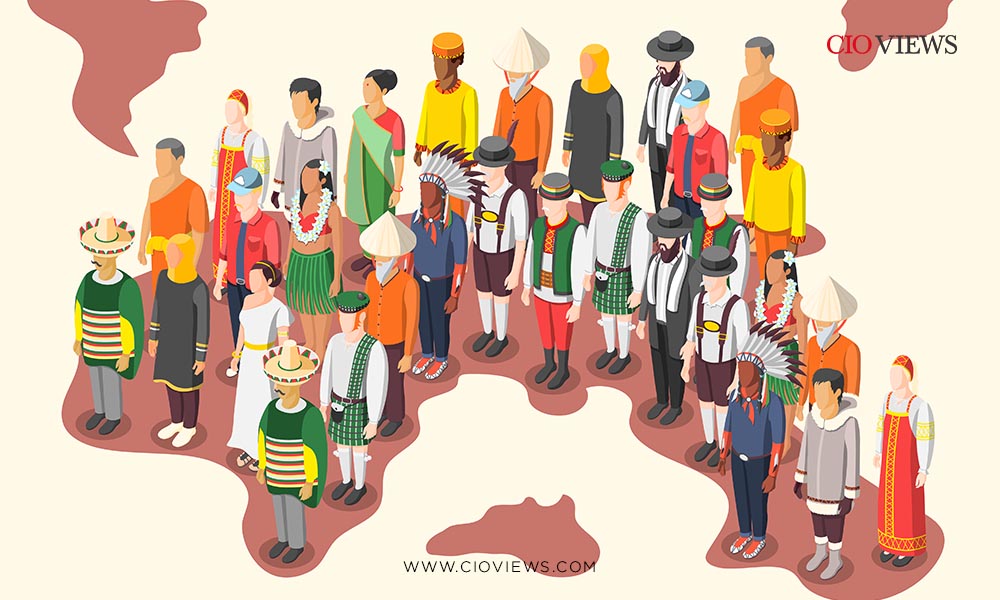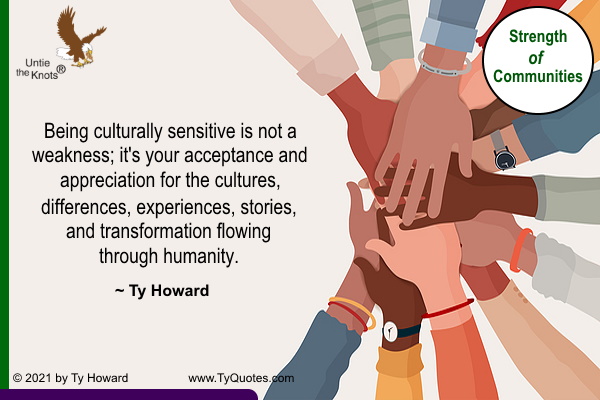Understanding Cultural Differences
Definition of Culture
Culture encompasses the shared beliefs, values, norms, and practices that define a group of people. It shapes how individuals view the world and interact with one another. Think of culture as a complex tapestry woven from various threads, including language, traditions, art, and history. For instance, you might travel to a new country and experience the local customs—like the way people greet each other or the types of food they eat. These rich experiences are a testament to the culture that shapes them.
Table of Contents
Importance of Cultural Awareness
Being aware of cultural differences is more than just an academic exercise; it’s vital in today’s globalized world. Here’s why cultural awareness matters:
- Enhances Communication: Understanding cultural nuances can prevent misunderstandings in conversations.
- Builds Relationships: Respecting and acknowledging cultural differences fosters trust and deeper connections. For instance, remembering to use formal greetings in certain cultures can strengthen professional relationships.
- Encourages Inclusivity: A culturally aware environment is welcoming to diverse perspectives, allowing for richer discussions and innovative solutions.
As you navigate through various cultures, you’ll discover that adapting to cultural differences not only enriches your personal growth but also significantly improves your interactions. What has your experience been with learning about a new culture?
Impact of Cultural Differences in Communication
Verbal Communication
Verbal communication is a key part of how we connect with others, but cultural differences can dramatically shape the way we express ourselves. For example, in some cultures, direct communication is valued, while in others, indirect communication is the norm.
- Direct vs. Indirect: In cultures like the United States, honesty and directness are often appreciated. Conversely, in many Asian cultures, being indirect can be seen as a way to maintain harmony and respect.
- Language Nuances: Jokes, idioms, or even common phrases may not translate well. I once shared a joke with a friend from another culture, and it completely fell flat because it relied heavily on a local idiomatic expression!
Understanding these nuances is essential for effective communication and can prevent potential misunderstandings.
Non-Verbal Communication
Non-verbal cues play an equally significant role in how messages are conveyed. These can include gestures, facial expressions, and body language, all of which vary across cultures.
- Gestures: A thumbs-up signifies approval in some cultures but can be offensive in others.
- Personal Space: The acceptable distance between individuals varies; in some cultures, close proximity is a sign of warmth, while in others, it may feel intrusive.
By being aware of these differences, you can adapt your communication style to foster better understanding and connection. Have you ever noticed a cultural miscommunication that left you puzzled?

Cultural Norms and Values
Religious Beliefs
Religious beliefs often serve as a foundational pillar in many cultures, deeply influencing moral values and social behaviors. They encompass a variety of practices, traditions, and rituals that establish a sense of community and identity.
- Impact on Daily Life: For instance, in predominantly Muslim cultures, daily prayers and fasting during Ramadan shape societal routines.
- Festivals and Celebrations: Participating in religious festivities provides an opportunity to bond with others, but the specific customs can vary widely. I remember attending a Diwali celebration, where the vibrant lights and arrangements brought a sense of unity and family spirit.
Being aware of these religious norms not only enriches your cultural experience but also shows respect for individuals’ beliefs.
Social Customs
Social customs further define a culture’s identity, dictating how people interact in various contexts. These can range from everyday greetings to complex rituals associated with life milestones such as weddings or funerals.
- Etiquette and Dress Codes: In many cultures, specific dress codes are expected during formal occasions. For instance, attending a wedding in India means understanding the significance of colorful attire.
- Dining Etiquette: Meal-sharing customs can differ; in some Asian cultures, sharing food from common dishes is the norm, while Western cultures may encourage individual servings.
By adapting to these social norms, you enhance your ability to connect with diverse groups. Have you experienced a cultural custom that surprised you?

Overcoming Cultural Barriers
Building Trust and Relationships
Navigating cultural barriers can feel daunting, but building trust and relationships is a key step in overcoming these challenges. Trust forms the backbone of any relationship, especially in a multicultural context.
- Active Listening: Taking the time to truly listen—without interrupting—demonstrates respect for others’ perspectives. For example, during a work project involving a diverse team, I learned that simply paraphrasing what a colleague said helped clarify intentions and foster trust.
- Transparency: Being open about your thoughts and intentions shows that you value honesty, which is crucial in establishing strong connections.
These actions not only break down barriers but create a sense of camaraderie.
Developing Cross-Cultural Skills
Developing cross-cultural skills is essential for thriving in today’s global society. By embracing these skills, you can effectively communicate and collaborate with individuals from diverse backgrounds.
- Cultural Intelligence (CQ): Invest time in learning about different cultures’ values, customs, and communication styles. Attending workshops or cultural events can provide valuable insights.
- Adaptability: Cultivating the ability to adjust your approach based on cultural context is vital. I once attended a business meeting where understanding the host’s cultural background allowed me to tailor my presentation effectively.
By actively working on these skills, you become more adept at navigating any cultural landscape, making your interactions more meaningful and productive. Have you taken steps to enhance your cross-cultural skills?

Cultural Sensitivity in the Workplace
Diversity Training
Creating a culturally sensitive workplace begins with effective diversity training. These programs are essential for helping employees understand and appreciate the nuances of their colleagues’ backgrounds.
- Understanding Bias: Training often focuses on recognizing unconscious biases and learning how these can affect workplace dynamics. I remember participating in a workshop that involved role-playing scenarios; it opened my eyes to situations I had previously overlooked.
- Encouraging Dialogue: Effective training encourages open conversations about cultural backgrounds and experiences. This dialogue can lead to increased empathy and understanding among team members.
By integrating diversity training, companies can cultivate an environment where everyone feels valued and understood.
Inclusive Leadership Styles
Inclusive leadership plays a pivotal role in fostering cultural sensitivity within organizations. Leaders who embrace inclusive practices create a more supportive atmosphere for all employees.
- Leading by Example: Inclusive leaders often demonstrate openness by seeking input from diverse team members. I once worked under a manager who actively encouraged team brainstorming sessions, ensuring every voice was heard, which led to more innovative solutions.
- Recognition and Respect: Acknowledging cultural differences and celebrating diverse contributions can enhance team morale. Whether it’s recognizing cultural holidays or honoring different communication styles, these small gestures go a long way.
Ultimately, by adopting inclusive leadership styles, organizations can thrive in a multicultural landscape, making the workplace engaging and harmonious. What practices have you seen that promote inclusivity at work?